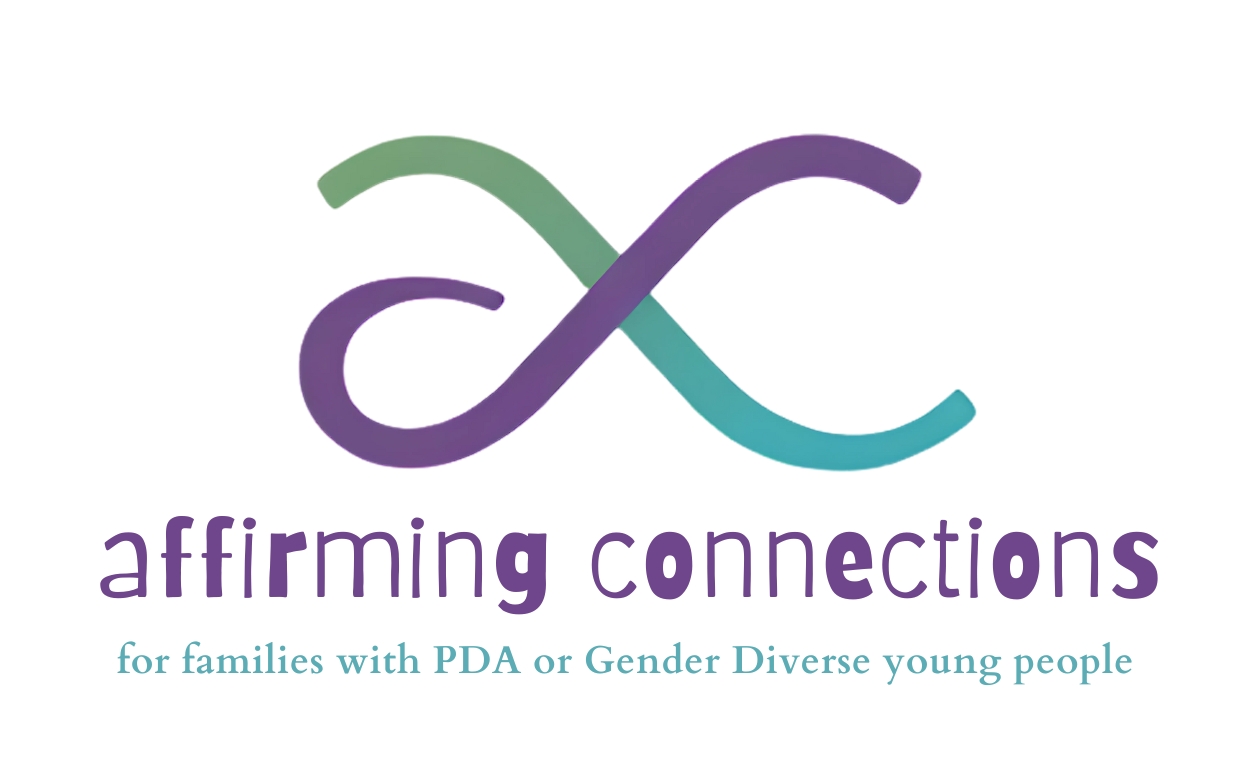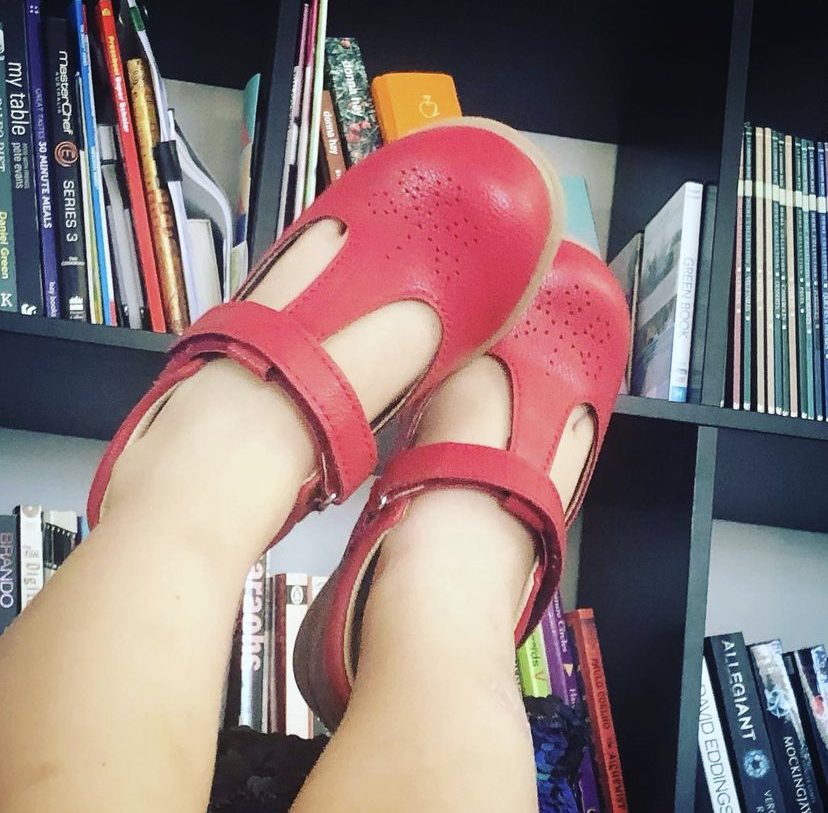It was 1:00 am when I heard a panicked scream from my daughter, "Grandpa, come back!" I was startled awake but before I had time to get up, I felt her shivering body wrapping itself around me like a boa constrictor. A small, quavering voice said, "Mummy, I had a scary dream. Can I stay in here with you for a little bit?" I returned the squeeze, wrapped the blankets around her shoulders, kissed her on the head and replied, "of course, you are safe".
Through the cold, dark early hours of the morning, we discussed the scary dream that consisted of me running away from her, her being on her grandfather's farm amongst a dense forest of trees that housed scary wolves. Her scream for help was a response to her grandfather walking away and leaving her to face the wolves alone. She felt overwhelmed, powerless, frightened and frozen in a moment that felt like the end of all options. The inevitability of being devoured by a wolf had finally become her dream 'reality'.
After several consolidating conversations about the origins and location of wolves in the world, she asked an incredibly pertinent question, "Why do we have scary dreams?" Despite the feeling that my inner eyelids were made of sandpaper I gathered my thoughts enough to respond, "Dreaming is our body's way of understanding things that are happening in real life; maybe things that are too tricky to think about when we are awake or maybe just understanding what is happening around us." She didn't hesitate, "Will you ever leave me?" My heart sank as I squeezed her in closer, "Never. I will always love you, support you and protect you. You can always count on me being here whenever you need me or want me."
I thought about the wolves, the way she described them in her dream as "hiding in the trees waiting for her to be alone so they could attack". I could feel her heart had stopped racing, her body had relaxed, her grip around my neck loosened, so I probed a bit further, "You said the wolves were scary and waiting to attack you. Is there something in your life at the moment you feel scared of, something you worry might hurt you?" She began to sob as her little arms reached further around me. She buried her feet under my legs for protection but she didn't answer the question. I stroked her hair and reminded her she is safe. I felt her body relax as she drifted back off to sleep only to abruptly wake up again ten minutes later asking, "Why do I have to wear black shoes to school?". She quickly dozed off again as I was part way through explaining the expectations around school photo day.
My alarm stunned us both awake well before either one of us was ready. I got out of bed quickly knowing that any delay would result in me catching up on the lost hours from the early morning philosophy. Neither of us spoke of her scary dream straight away. We lived through the motions of a regular school day – coffee, hot chocolate, feeding the dogs, yoga, preparing lunches, showering and getting dressed. The missing pieces of the puzzle suddenly started to drop into place. "Why do I have to wear black shoes? Why can't I wear my colourful runners? The black shoes are uncomfortable!" She recited. In the haste of the morning, I didn't adequately respond to her query. That was made clear by the sheer number of times I was asked the same question! "You can wear your runners if you like. We can pack your black shoes just for the photo." There. Success. I had 'solved' the 'problem'. Except I hadn't, far from it. We finally made it to the car and in addition to her specifically chosen hairstyle, type of uniform, and stick-on sparkly earrings placed strategically around her face to "make [her] look so beautiful", we were ready for school. Except we weren't, far from it.
As I parked the car and looked in the rear vision mirror, I saw a face and body housing some very big emotions and thoughts. She refused to leave the car so I sat in the back with her, finally realising this was about more than the shoes, she had identified the wolves from her dream. They had been hiding in plain sight for weeks telling her daily about the need to wear "full uniform" on the day of school photos – blue socks and black shoes were essential. No exceptions. I had read it in the school newsletter for weeks. Every day for the past ten days she had asked me if the boys wear black shoes, "they sure do!" I would respond enthusiastically. Through folded arms and a furrowed brow, she asked, "Why do they make us wear things that make us feel yucky? I don't like wearing black shoes, they make me feel wrong, they are not comfortable! If I have to wear black shoes I am not going to school. I hate school. I am NEVER going!" I reached for her hand but she pulled it away. "School uniforms have been around for a very long time and I don't think many people have thought about the reason for wearing them today. I am not going to make you wear something that makes your body and heart feel wrong. If this is something very important to you, and I can see it is, we can take the black shoes out of your bag and I will take them back home." She knew the wolves better than me. She had seen how cunning and untrustworthy they had been before and could anticipate their next move. "That won't help! The teachers will get some from lost property and make me wear them". She was right. I know she was right because that is something I have seen happen as a teacher and previously not considered. "Then I won't leave you to face this [the wolves] alone [in the dark dense forest of school]. I will come and talk to your teacher. I will tell her you will be wearing your runners for the photos and the rest of today." Her hand reached to unlock the seatbelt, but she held her breath until she heard me talk to her teacher, then she finally exhaled.
The primary school my daughter attends often refer to themselves as a community – a community of learners, a strong faith community, and contributors to the local and global community. I think they are right but not in the sense that they use the erm ‘community’. Their use of the term ‘community’ implies a togetherness, a solidarity informed by their values of individual responsibility and respect for all. In my experience, the ‘community’ that has become through the culture of the school is a ‘community’ as explained by Sabadell-Nieto and Segarra (2014) in “Impossible Communities? On Gender, Vulnerability and Community”. Sabadell-Nieto and Segarra (2014) draw on gender theorist Judith Butler to describe ‘community’ as a derogatory tool used to “minimize difference(s) in the name of ‘unity’” (p. 1) and suggest identification with a ‘community’ is only of strategic value - that is linked predominantly to political gain, traditionally of benefit to men. If one doesn’t ‘comply’ to the community rules they are outcast or left in a void of being ‘othered’. To be a part of a community, Sabadell-Nieto and Segarra (2014) suggest is to be in debt to that obligation, to owe a “compulsory gift… one we always give and never receive” (p. 8) To join a community is to sacrifice a part of yourself, your own subjectivity. The community of school for my daughter requires her to sacrifice or significantly modify some of the most significant parts of herself and I wonder what, if any, the benefit is?


Leave a Reply